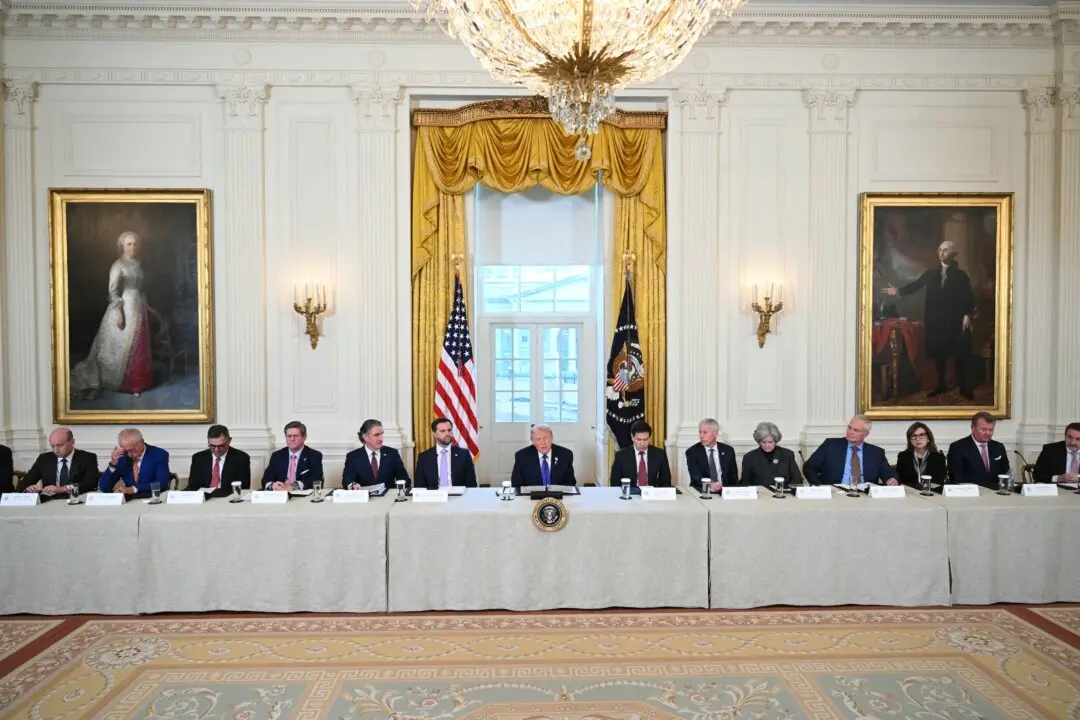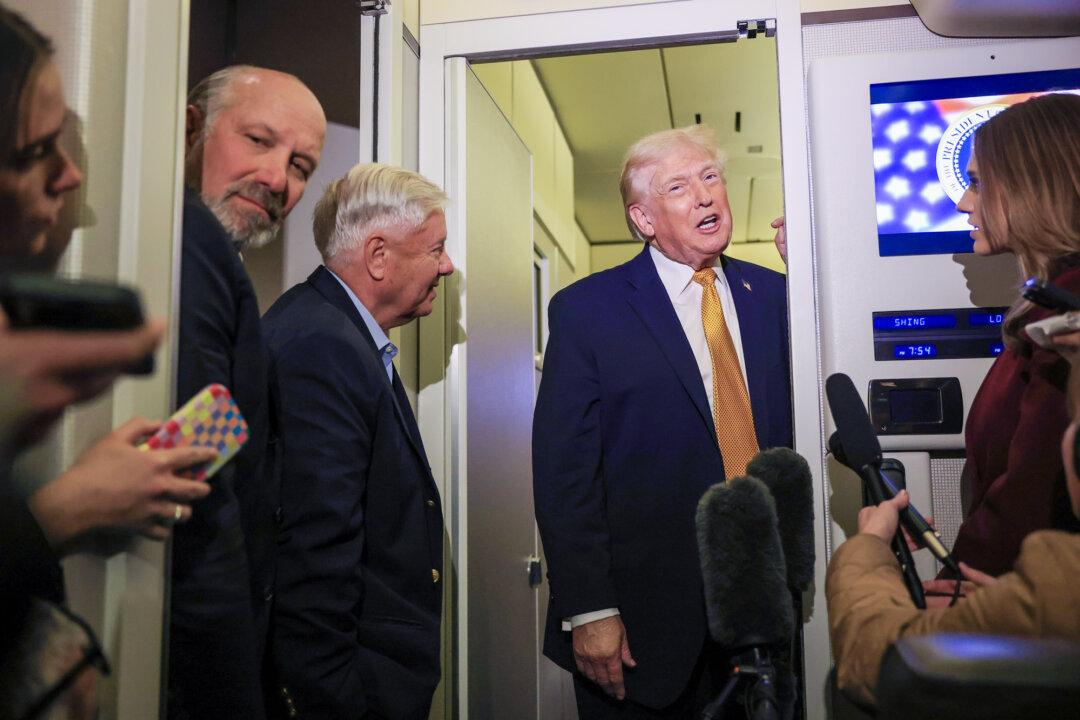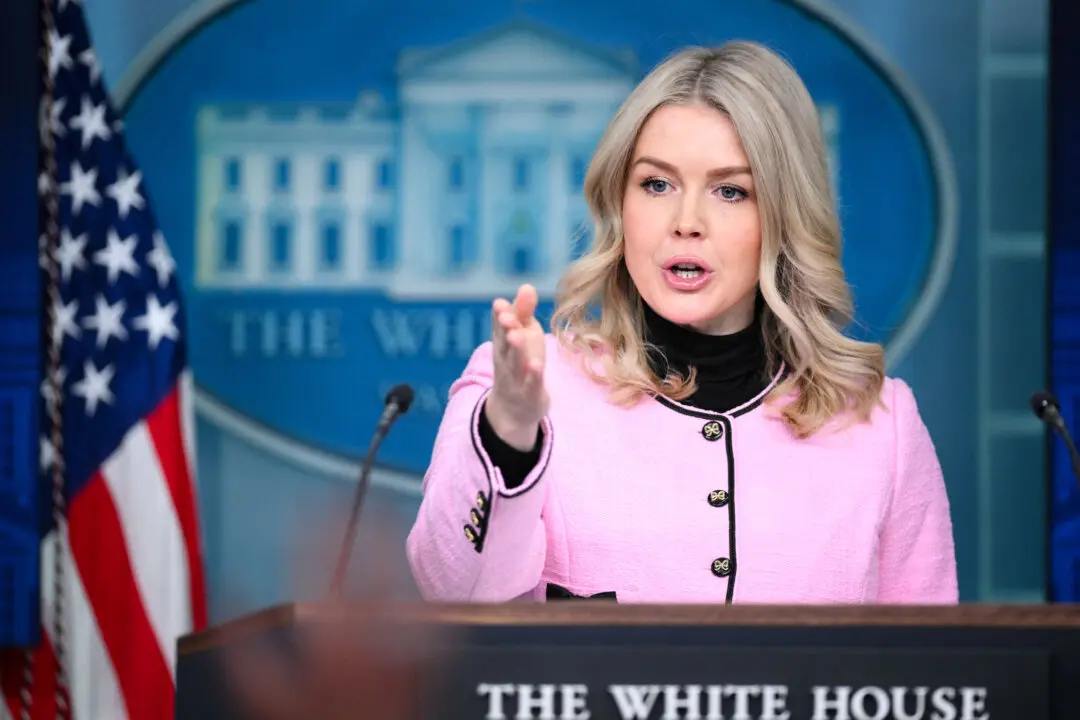WASHINGTON—Affordable and accessible broadband in the United States has become more essential than ever as the pandemic has moved many social and commercial activities online. However, there are many parts of the country where broadband is still unavailable.
During the health crisis, there were huge spikes in the use of broadband as many Americans worked from home and schools closed around the country.





